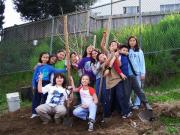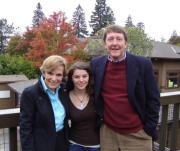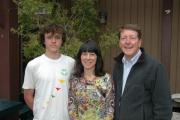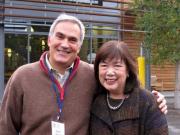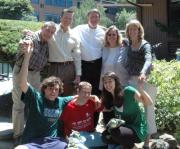Silent Spring, Again
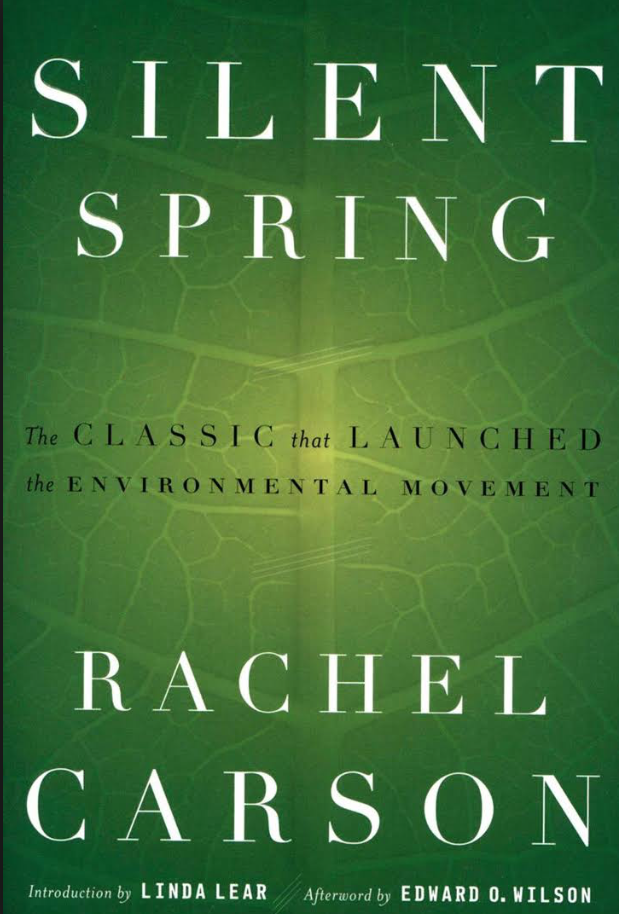 A little more than half a century ago, the ecologist Rachel Carson publishedSilent Spring about the devastating impact of industrial pesticides on the natural environment and human health. Her book caused a national outcry, changed public awareness of chemicals in our daily lives, and contributed significantly to the modern environmental movement. Within a few years of its publication in 1962, Silent Spring led to a transformation in government policy toward the natural world, with the founding of the Environmental Protection Agency, the passage of the Endangered Species Act and the Clean Water and Clean Air Acts. Carson’s landmark work was reissued to mark its fiftieth anniversary, and in January 2017 PBS produced a powerful, and poignant, documentary of her life and untimely death at age 56 from breast cancer. Recently, I visited Carson’s home in Southport, Maine and read again her comprehensive analysis of environmental pollution, surely one of the iconic works in environmental and political history. The story reminded me of my own childhood encounters with environment destruction, and the new relevance of her call to action at a time now when science and environmental policy are under attack.
A little more than half a century ago, the ecologist Rachel Carson publishedSilent Spring about the devastating impact of industrial pesticides on the natural environment and human health. Her book caused a national outcry, changed public awareness of chemicals in our daily lives, and contributed significantly to the modern environmental movement. Within a few years of its publication in 1962, Silent Spring led to a transformation in government policy toward the natural world, with the founding of the Environmental Protection Agency, the passage of the Endangered Species Act and the Clean Water and Clean Air Acts. Carson’s landmark work was reissued to mark its fiftieth anniversary, and in January 2017 PBS produced a powerful, and poignant, documentary of her life and untimely death at age 56 from breast cancer. Recently, I visited Carson’s home in Southport, Maine and read again her comprehensive analysis of environmental pollution, surely one of the iconic works in environmental and political history. The story reminded me of my own childhood encounters with environment destruction, and the new relevance of her call to action at a time now when science and environmental policy are under attack.
Growing up in a suburb of Chicago in the 1950s, I was immersed in the world Carson described. My hometown of Hinsdale was covered by Dutch Elms, arched over the streets like green cathedrals, which began to die from a beetle born fungus that was imported from Europe in the 1930s. In response, the city began regular spraying of the pesticide DDT in the spring and summer in the mid-fifties, fumigating the trees from trucks that spewed clouds of the insecticide and through which we merrily rode our bikes on hot summer nights. One morning, I awoke to find dozens of robins covering the lawn, gasping for air in the last spasms of life, killed by ingesting worms that had absorbed DDT, a process that Carson documents in a chapter that gave her book its title, “And No Birds Sing.” Summer vacations meant a long drive to Michigan’s western shore, through the choking effluent from the steel mills of Hammond and Gary, Indiana, that spread toxic chemicals over cities, farms and field. One year upon our arrival in Saugatuck, we discovered a vast fish kill, blankets of white fish destroyed by the aerial pesticides sprayed on Michigan farms and streams that leached into the ecosystem. Those were years when crop dusters sprayed toxic pesticides on the farms surrounding our village, administering chemicals that poisoned the crops and watershed so that the creeks where we used to ice skate on cold winters’ nights were filled with algal blooms and no longer froze solid. As a budding young scientist, I even tracked the impact of the fallout from nuclear testing in Nevada by using roentgen counters to measure the Strontium 90 that was swept by prevailing winds east to poison our livestock and milk. My parents had a copy of Silent Spring on the shelf in our den, and reading it awakened me to the crisis of our time, and to my own environmental consciousness.
Carson’s book was a brilliant synthesis of the rapidly emerging scientific consensus that “for the first time in the history of the world, every human being is now subjected to contact with dangerous chemicals, from the moment of conception until death.” She explains how the effort to develop chemical weapons in the Second World War spawned the “sudden rise and prodigious growth of an industry for the production of man-made or synthetic chemicals with insecticidal properties.” In the decade after the war, the U.S. Department of Agriculture launched a “war against insects” through vast applications of chemical insecticides. Within a decade, DDT and other toxic chemicals had been found in rivers and streams, on land and in coastal waters, that “entered and lodged in the bodies of fish, birds, reptiles, and domestic and wild animals” often with immediate and fatal consequences like those I witnessed firsthand. She explained the science of this catastrophic destruction of wildlife, as well as the likely link of pesticides to a decline in human health, including the very cancer that took her own life just eighteen months after she published her book and testified before Congress.
While Carson’s narrative is heartbreaking, she also provided recommendations about how to address the enormous environmental challenges. Calling for a wholesale ban on the aerial spraying of pesticides, she illustrated ways topical, local applications could help reduce crop-plaguing insects and described ways that other introduced insects could be used as a natural counter to their spread. She showed how policy, law and regulation could create the conditions to better balance environmental and economic interests.
Despite the progress made over the past fifty years, we are now experiencing an unprecedented effort by the current administration to undermine and roll back essential environmental protections we have developed. The examples are legion: the gutting of the EPA budget, the administrative roll back of the Clean Power Plan, the abandonment of the Paris Climate Accords, the plan to open coastal waters to drilling, the notion that a “red-blue” competition could provide a “balance” to the scientific consensus about the reality of climate change and its increasingly devastating consequences. Environmental educators have a crucial role to play in countering this anti-intellectual campaign, by ensuring that our K-12 educational program incorporates the best principles of real-world problem solving, hands-on, scientific education. And we all must hear Carson’s call to action, by exercising our responsibilities as citizens to counter this dangerous attack on the health of our planet. To do otherwise risks the return of a silent spring.
